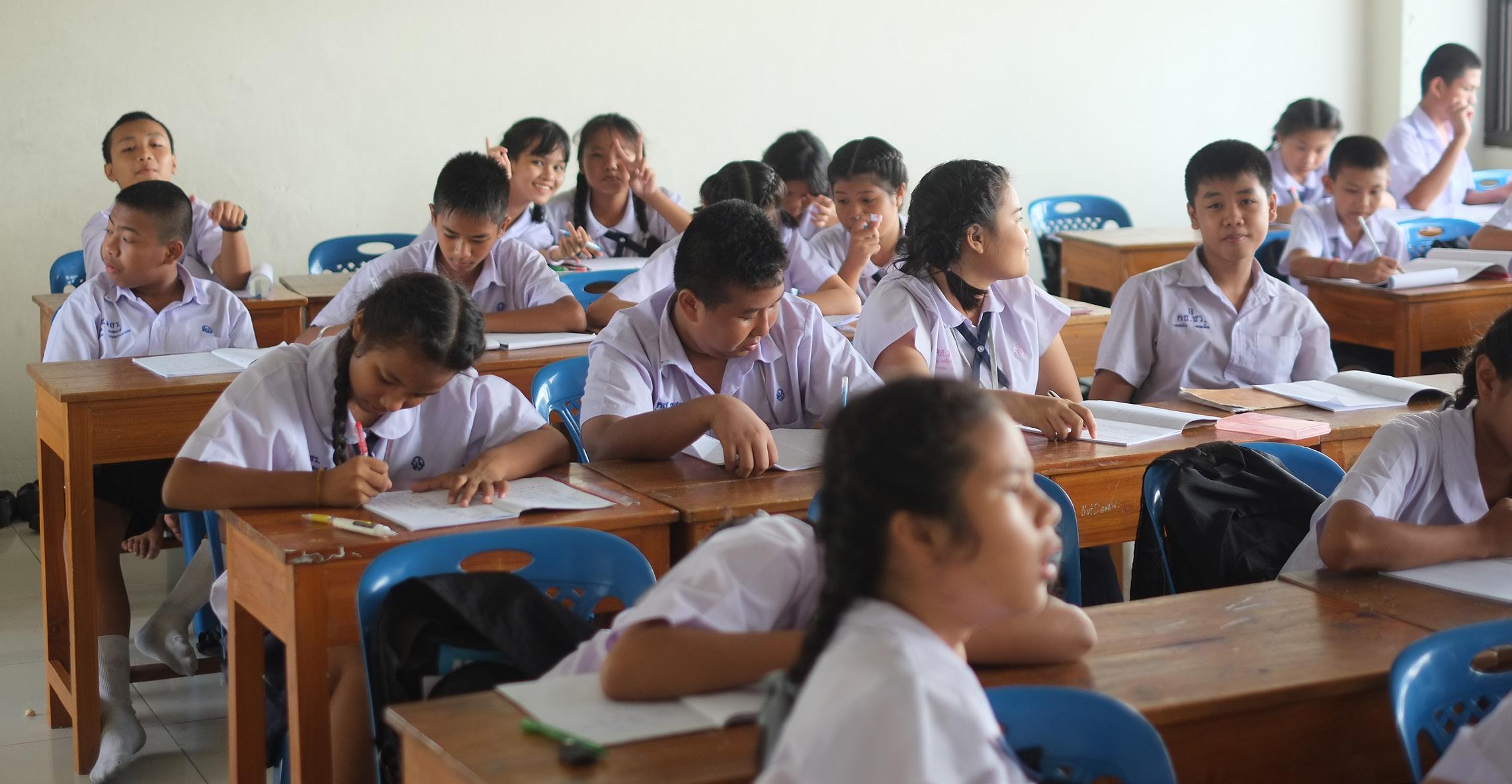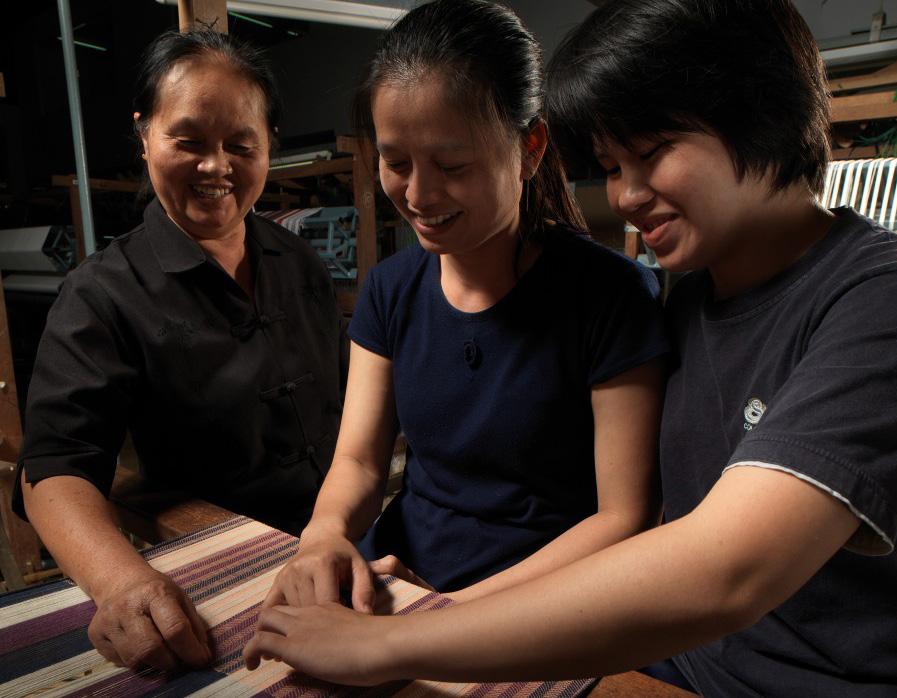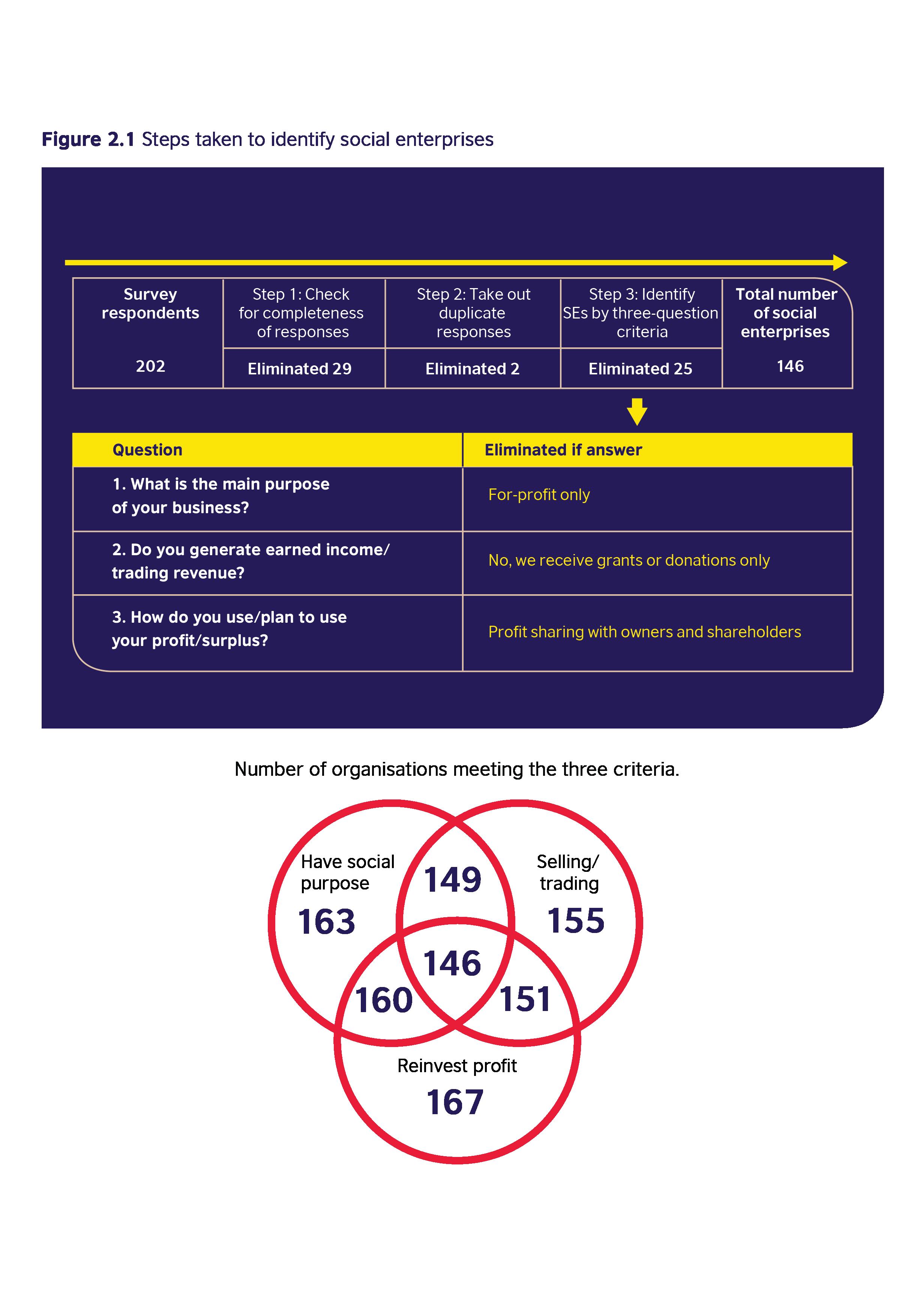18
2 Methodology 2.1 Research overview This study employs both qualitative and quantitative methods. On the qualitative side, we conducted key informant interviews (KIIs) with 19 government agencies, universities, intermediaries, and other organisations representing the main players in Thailand’s social enterprise ecosystem. During each interview, we asked about the support available to SEs, the challenges and limitations for SEs in receiving such support, and recommendations for future growth. We conducted the KIIs from March to August 2020.
On the quantitative side, we adopted the questionnaire developed by the British Council for research in various countries, and adapted some questions to fit the local context better. Given the ongoing Covid-19 pandemic, we chose an online survey as the main evidence collecting tool. We distributed the link to the online survey among networks of social actors and the general public from April to July 2020. The survey asks 41 questions, in both Thai and English language, on eight topics: general information, organisation status, personnel, operations, social impact, obstacles, effects of Covid-19, and additional information.
2.2 Classifying social enterprises This survey aims to be as inclusive as possible. Therefore, its scope is not limited to SEs registered under the Social Enterprises Promotion Act B.E. 2562 (2019). Many organisations in Thailand operate for social and environmental purposes and generate earned income but have not registered as, or call themselves, SEs. In total, we collected 202 responses. To focus only on SEs, we took three steps, as follows. Step 1: Removing uncompleted responses: There were 29 respondents who did not answer all questions and could not be used for further analysis. Most of these dropped out at the question about the gender of the CEO/MD of their organisation, and staff ratio. In some organisations, especially large ones with long chains of hierarchy, such information may not be shared with every staff member, and so the respondents may have left the survey at this point and passed the link on to others within the organisation. This left us with a total of 173 organisations. Step 2: Removing duplicate answers: there were two sets of respondents from the same organisations that were further eliminated, leaving a total of 171 responses. Step 3: Defining social enterprises: to determine if the remaining respondents were qualified SEs for the purposes of this research, we used the following three questions included in the survey as screening questions. These were based on our consultation with stakeholders and we do not claim that this represents an accepted definition of social enterprise, merely the most suitable approach for the purposes of this research.
• What is the main purpose of your business? Eight respondents answered “For-profit only”. These respondents were removed. • Do you generate earned income/ trading revenue? We eliminated 16 respondents from our sample pool who answered ‘No, we receive grants or donations only.’ • How do you use/plan to use your profit/surplus? Four respondents answered: ‘Profit sharing with owners and shareholders’ and were screened out from our sample. Using the above criteria, we eliminated 25 respondents who did not fit the definition of SE used for this research. This left us with 146 respondents, the details of which are illustrated in Figure 2.1.







